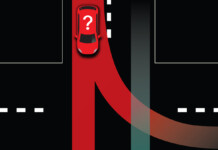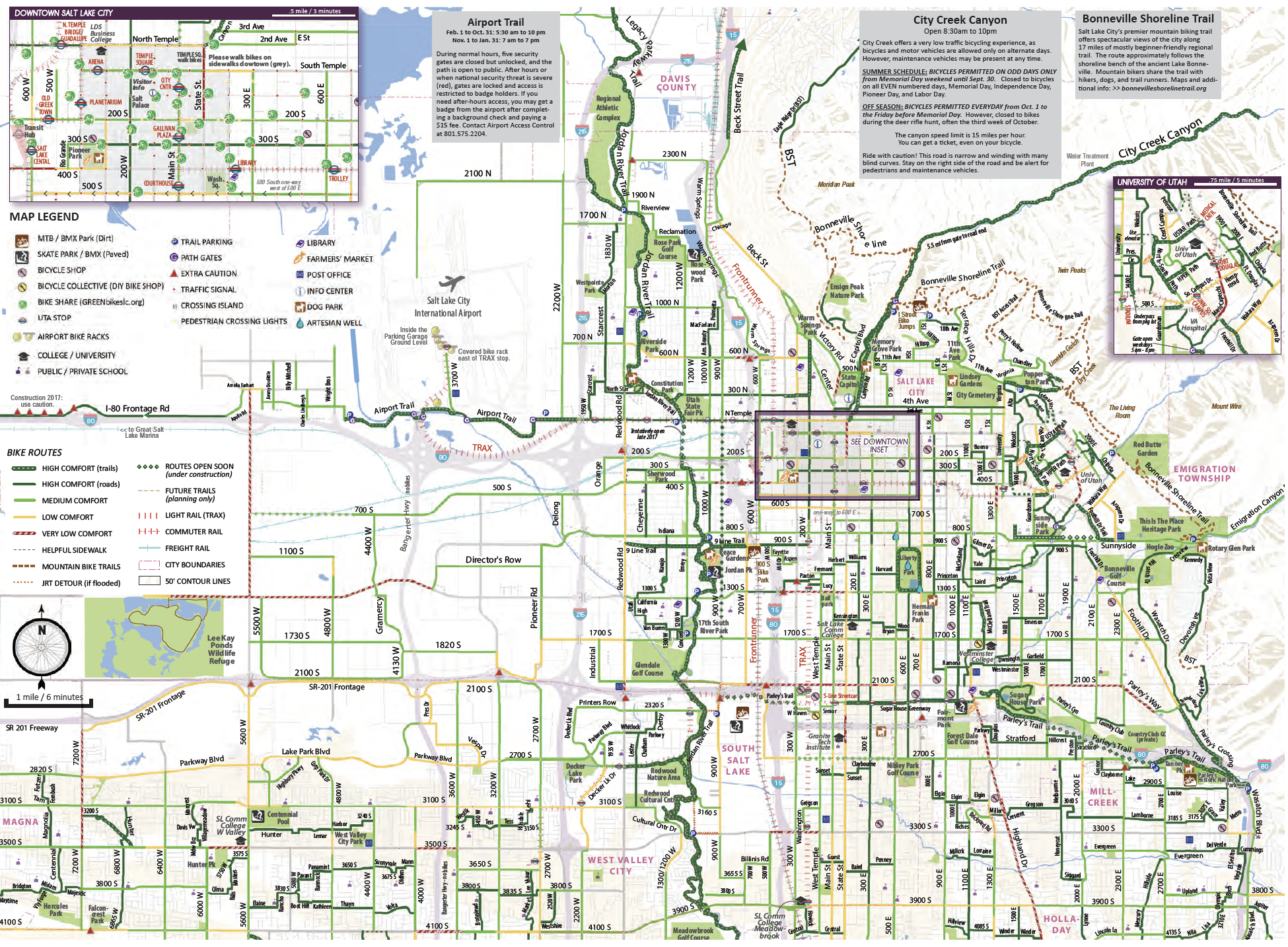By Russ Hymas and Ken Christensen —
I’ve had several close calls with distracted drivers on the road. What should I do at the scene if one of them hits me? –Ron B., West Jordan, Utah.
It’s a concern shared by many cyclists, Ron. No matter how diligently you follow the law as a cyclist, you cannot control the careless actions of an inattentive motorist. Below we’ve identified three essential steps to follow to ensure that the damage to your body – and your bike – is covered under your insurance claim.
- Call 911. If you’re hurt, call an ambulance. We’ve known many cyclists that are more concerned about their bikes than they are with their injuries, but don’t wait to get the medical attention you need! Also, keep in mind that some injuries may not be immediately apparent (so make sure to get medical attention ASAP for any injuries that surface later). Even if you don’t think you’re injured, call the police so a record of the crash is made. A police report is critical for a couple of reasons. First, it provides documentation of the accident in the event you don’t realize you are injured until after leaving the scene. And second, it helps establish fault. We know of numerous instances where a driver has admitted fault at the scene to a cyclist, but later told a different story to his insurance company.
- Find Eye Witnesses. Eye witnesses are often the key to refuting false statements from a driver that the cyclist “came out of nowhere,” or “turned right in front of me.” Unfortunately, often times these crucial eye witnesses leave the scene before police arrive. Get names and contact information from anyone who may have seen what happened.
- Gather Information / Take Pictures. It should go without saying, but be sure to obtain the driver’s name, contact information, and insurance information! Also get the license plate number, VIN, make, model and color of the car. Note the driver’s physical characteristics and demeanor as well. Gathering accurate information is best done shortly after the crash while it is still fresh in your mind. We’ve seen many times where the outcome of an insurance claim has depended on basic information that would have otherwise been lost or forgotten had it not been written down right away.
As for pictures, remember that documenting the scene of an crash is one of the most important things you can do! Take pictures of your bike and the car that hit you (before they are moved, if possible). Photograph any injuries you have. Take pictures of skid marks, broken glass, damage to other property, anything else that you think may be pertinent to the crash.
Ken Christensen and Russ Hymas are avid cyclists and Utah attorneys at UtahBicycleLawyers.com. Their legal practice is devoted to helping cyclists injured in collisions with motor vehicles. They are authors of the Utah Bicycle Accident Handbook and are nationally recognized legal experts on cycling laws and safety.











